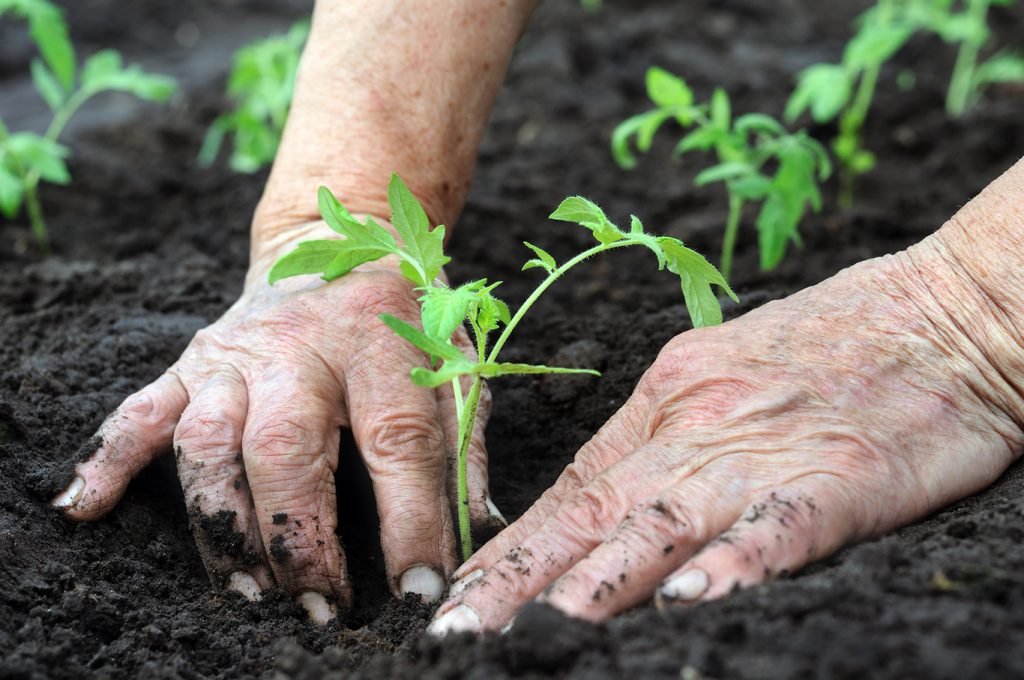If you have only a small plot available for gardening in your pacific northwest home, you can still garden all year round. Succession planting is a style of planting that enables you to make use of the small plot judiciously. It entails growing various plants in the same space sequentially, in the same planting season. It could also involve the planting of the same type of crops in different portions of your garden at different intervals.
Unlike crop rotation, succession planting allows for continuous harvest. It also allows the planting of the same crops in the same land portions for at least three years. However, when practicing succession planting, you should avoid planting crops of the same botanical family in same land portions, successively.
A good approach to succession planting in the Pacific Northwest is to know which crop to plant, when to plant, and how to space them. Basically, when it comes to succession planting, it’s better to think of crops and their windows, and not just an individual crop. An example of how you can practice succession cropping in the Pacific Northwest is explained below.
Cool weather crops such as early beets, beet greens, early cabbage, etc. can be planted early on in the planting season. Then, warm-weather crops such as beans, eggplant, pepper, or tomatoes can be planted after the cool weather crops.
Afterward, cool-weather crops that mature during autumn, such as chard, Chinese cabbage, kale, lettuce, and mustards can be planted after the warm weather crops have been harvested. In order to gain more time, later crops can be planted among the first crops to be harvested at a later time. This process is known as interplanting or intercropping.
Step-By-Step Process For Succession Planting In The Pacific Northwest
- Compile a list of all the crops you want to grow.
- Have the basic knowledge of days in the growing season. This will help you make better planting decisions.
- Know the number of days it will take you to harvest the crops you plan to grow.
- Decide on whether you will extend the growing season during spring and autumn.
- Sketch the growing space for the beginning, middle, and end of the growing season.
- Be flexible, and make provision for unforeseen events during the growing season.
With succession planting, growing different plants in the same space simultaneously, no matter how little, can be very successful. If you have a small plot for gardening in the Pacific Northwest, you can contact us at Levy’s Lawns and Landscaping to help you get the best of your small garden, with succession planting.
